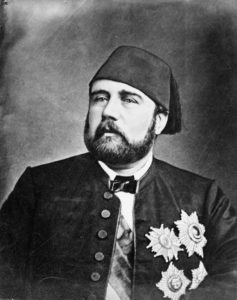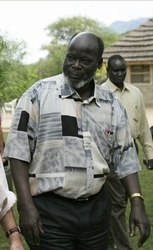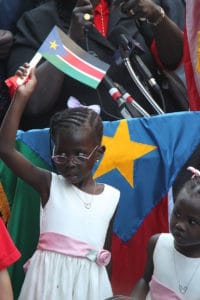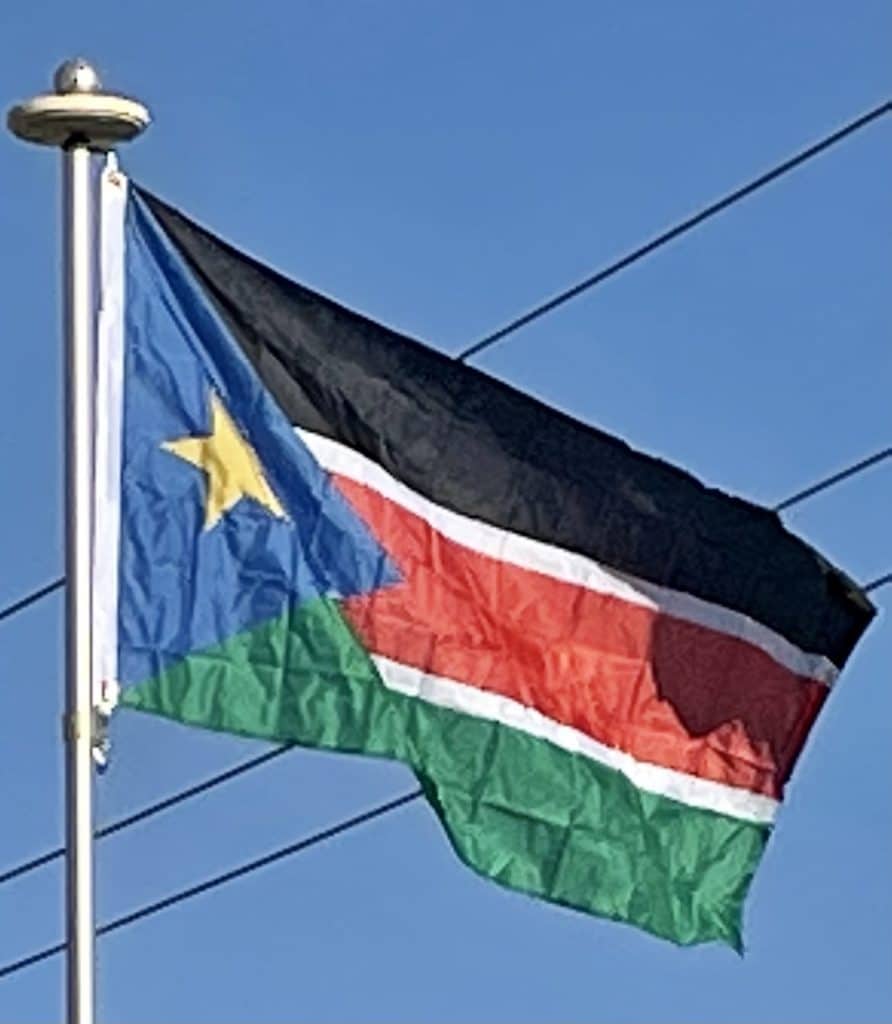British colonial policy in Sudan had a long history of emphasizing development of the Arab north, and largely ignoring the Black African south, which lacked schools, hospitals, roads, bridges, and other basic infrastructure. After Sudan’s first independent elections in 1958, the continued neglect of the southern region by the Khartoum government led to uprisings, revolt, and the longest civil war on the continent.
In the 19th century, the Azande fought the French, the Belgians and the Mahdists to maintain their independence. Ottoman Egypt, under the rule of Khedive Ismail Pasha, first attempted to control the region in the 1870s, establishing the province of Equatoria in the southern portion.

The Mahdist Revolt of the 1880s destabilized the nascent province, and Equatoria ceased to exist as an Egyptian outpost in 1889. European colonial maneuverings in the region came to a head in 1898, when the Fashoda Incident occurred at present-day Kodok; Britain and France almost went to war over the region. In 1947, British hopes of joining South Sudan with Uganda while leaving Western Equatoria as part of the Democratic Republic of the Congo were dashed by the Rajaf Conference to unify North and South Sudan.
The region has been negatively affected by two civil wars since Sudanese independence: from 1955 to 1972, the Sudanese government fought the Anyanya rebel army during the First Sudanese Civil War, followed by the Sudan People’s Liberation Army/Movement (SPLA/M) in the Second Sudanese Civil War for over 20 years. As a result, the country suffered serious neglect, a lack of infrastructural development, and major destruction and displacement.

Between 9 and 15 January 2011, a referendum was held to determine whether South Sudan should become an independent country and separate from Sudan, with 98.83% of the population voting for independence. On 23 January 2011, members of a steering committee on post-independence governing told reporters that upon independence the land would be named the Republic of South Sudan “out of familiarity and convenience.” South Sudan formally became independent from Sudan on 9 July, although certain disputes still remained, including the division of oil revenues, as 75% of all the former Sudan’s oil reserves are in South Sudan. The region of Abyei still remains disputed and a separate referendum will be held in Abyei on whether they want to join Sudan or South Sudan. The South Kordofan conflict broke out in June 2011 between the Army of Sudan and the SPLA over the Nuba Mountains.

On 9 July 2011, South Sudan became the 54th independent country in Africa and since 14 July 2011, South Sudan is the 193rd member of the United Nations. On 27 July 2011, South Sudan became the 54th country to join the African Union.
In 2011 it was reported that South Sudan was at war with at least seven armed groups in 9 of its 10 states, with tens of thousands displaced. The fighters accuse the government of plotting to stay in power indefinitely, not fairly representing and supporting all tribal groups while neglecting development in rural areas. Joseph Kony’s Lord’s Resistance Army (LRA) also operates in a wide area that includes South Sudan.
